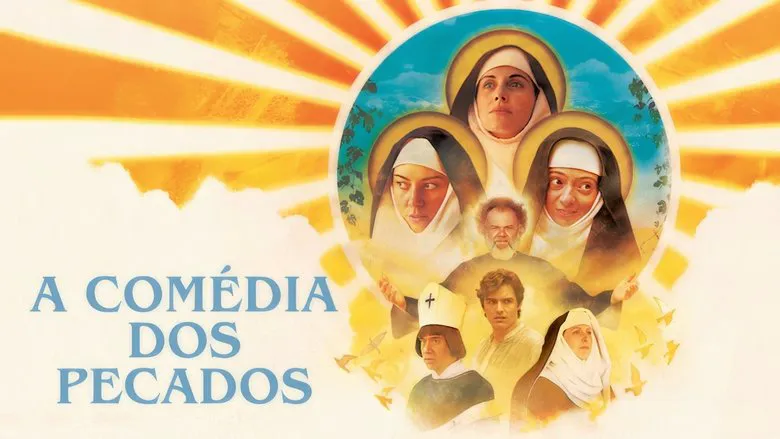The Enduring Charm of Little Nicholas: A Nostalgic Animated Tribute
“Little Nicholas,” the cherished creation of writer René Goscinny and illustrator Jean-Jacques Sempé, holds a special place in the hearts of many across France and Europe. To say that Little Nicholas is beloved by nearly every French child is hardly an exaggeration. Originating as a series in a Bordeaux newspaper during the 1950s, it soon captured the public’s imagination, reaching a wider audience in 1959 when it found a home in Pilote magazine, published by Dargaud. Defined by its clean, simple line drawings, cheerful color palettes, and clever dialogue, the series beautifully depicts an idealized childhood. This distinctive style has enabled the series to endure across generations, inspiring multiple adaptations into live-action films and animated works, cementing its international recognition.
A Cannes Celebration: Little Nicholas, Happy as Can Be
Premiering as a special screening at the 75th Cannes Film Festival, the animated film Little Nicholas, Happy as Can Be is a delightful reinterpretation of the original stories while also serving as a touching homage to their creators. The film lovingly recounts the beginnings of the series and recreates iconic moments from the Little Nicholas books. With its leisurely and whimsical tone, the film effortlessly transitions between the picturesque streets of Paris and Sempé’s attic studio, where he meticulously works. Little Nicholas then joyously invites viewers into a world of carefree childhood bliss.
A Warmhearted Journey Through Friendship and Creativity
Warmth permeates every frame of this film. Starting with the creation of Little Nicholas in the 1950s, the narrative gently guides us to René’s premature passing in 1977. More than just creative partners, René and Sempé shared a deep friendship. Despite their different backgrounds, they connected through a shared vision: to bring happiness to the world through their art. They carefully developed and refined the character of Little Nicholas, drawing inspiration from everyday French life and finding humor in the seemingly small moments.
The film creatively avoids a strictly realistic portrayal of their creative process. Little Nicholas, as the embodiment of their shared creation, occasionally steps outside the bounds of his fictional world to engage with the narrative, representing the inner voices of the writer and artist. They invested their hearts and souls into the character, and Little Nicholas was alongside them through challenging periods of their lives. The movie paints the affinity between René and Sempé into life, making it one of the most touching elements.
René, a towering figure in French comics, also created the globally successful Asterix series, which has sold over 500 million copies worldwide. Throughout his tragically short life, he inspired and encouraged other artists, with Sempé being one of his dearest collaborators. René’s unforeseen death from a heart attack left a profound impact on Sempé. Although Little Nicholas had already achieved considerable success, the loss of his writing partner was a significant setback for the series. However, because the character of Little Nicholas was already rooted in the hearts of its fans and had a life of its own, Sempé found some solace in it. The film poignantly suggests that creators pass on, yet their creations endure, achieving a form of immortality.
A Timeless Appeal
The creators drew power from their boundless imaginations. Little Nicholas and his family, living within an imperfect society and with modest means, reflect the post-war generation’s longing for innocence and the simple joys of childhood. The 2022 film Little Nicholas, Happy as Can Be successfully translates the spirit of the original stories, with its simple and colorful style harking back to Sempé’s illustrations, and is certain to delight fans of the original books. Its accessible and engaging storyline, appealing to adults and children alike, makes it a great choice for the whole family.